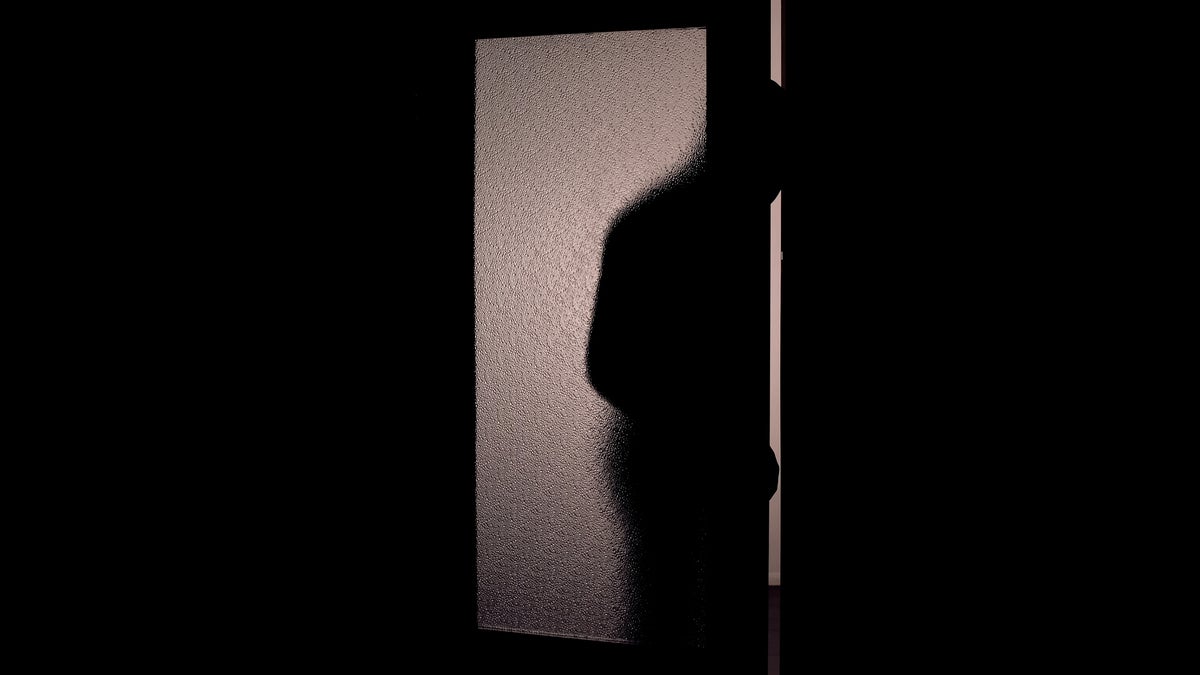Take that, iPhone thieves — Apple is about to make it even more difficult to use its smartphones when you have no right to do so. In the upcoming iOS 17.3, it is testing out a new security system called “Stolen Device Protection.”
Here’s a look at what this is, and what it does.
Stolen Device Protection explained
Apple’s beta notes explain: “Stolen Device Protection adds an additional layer of security in the unlikely case that someone has stolen your iPhone and also obtained your passcode.”
The company explains the features this way:
Accessing your saved passwords requires Face/Touch ID to be sure it’s you.
Changing sensitive settings like your Apple ID password is protected by a security delay.
No delay is required when iPhone is at familiar locations such as home and work.
Stolen Device Protection prevents a thief who has a device and knowledge of the victim’s passcode from performing critical device and Apple ID account operations like changing the device or Apple ID passcode by requiring biometric authentication, with no passcode fallback.
Some operations require a single biometric authentication, while others require the user to wait an hour and then authenticate a second time with Face ID or Touch ID.
The idea is that Stolen Device Protection introduces another obstacle that makes it difficult for thieves to gain access to your data, erase it, or delete the device to factory fresh status for resale.
If someone has your device and attempts to make such a change, there will be a one-hour delay after which whoever has the device must successfully login again. That one-hour delay could be critical when using Find My to track device location.
What does Stolen Device Protection do?
Basically, Stolen Device Protection adds another layer of authentication that needs to be completed if someone has both your iPhone and its password.
This double verification process provides an additional authorization barrier to protect the device and the information it contains. It means that when you want to access passwords, change device or Apple ID passcodes, turn off Lost mode and other critical actions you will need to pass a biometric challenge, wait an hour, and then pass Face/Touch ID again. This will happen any time you try to make a change when in an unfamilar place.
To achieve this, Stolen Device Protection uses Location Data, specifically frequently visited places such as your home or office.
So, if a colleague or family member has access to your device and your passcode and attempts to pry inside your iPhone, they will be able to if they are in the same place you usually happen to be.
What problem does Stolen Device Protection solve?
Recent reports say criminals have peered over a user’s shoulder while the victim enters their password before seizing the device. That’s just one of a multitude of ways criminals will attempt to seize or guess a user’s passcode.
Once a criminal has both the device and the…
2023-12-19 15:00:04
Link from www.computerworld.com
